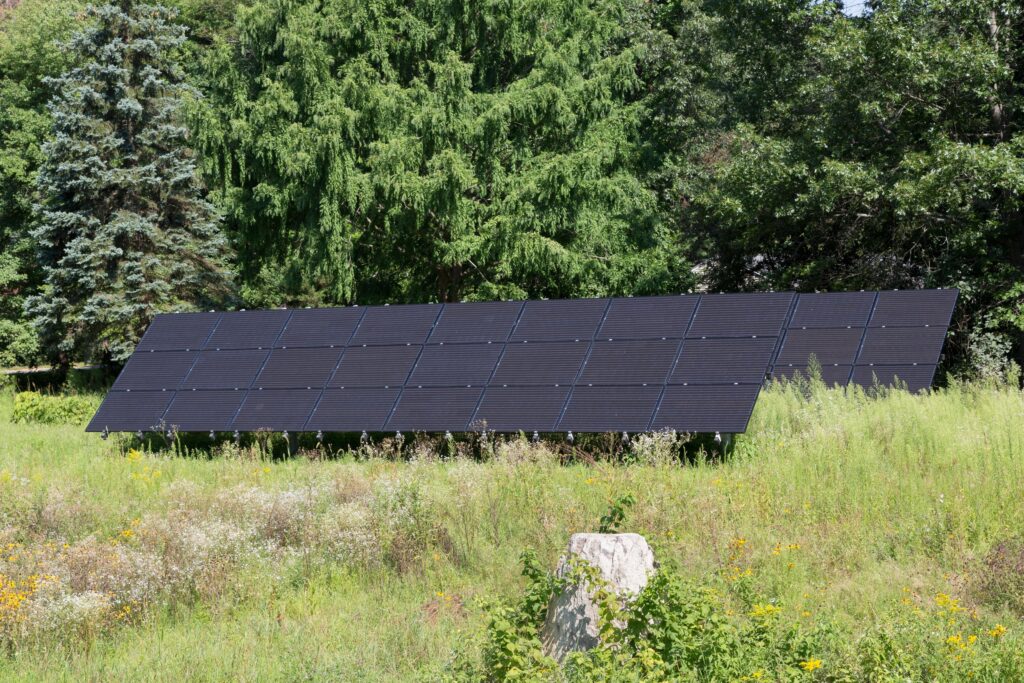
As we witnessed the recent devastation Hurricane Ian caused in Florida and other southern states, many of us considered how we would manage our own safety in the face of a natural disaster. Do we have evacuation plans in place? If we can’t evacuate, do we know how to safely shelter in place? And most importantly, do we know how to manage without electricity for a prolonged period of time?
The solution to the third question is to establish a microgrid for your home. At its most basic, a microgrid is a local energy source that can be used to power the electricity you need. The term microgrid may be new, but most of us are familiar with the most common, current form, the gas powered home generator.

While generators are, generally, reliable and easy to use, their dependence on fossil fuels presents a challenge when gas lines are frozen and also an ethical challenge for homeowners who are looking to reduce their carbon footprint.
Enter the more planet-friendly microgrid – a renewable energy source with a battery backup. The most common version of this microgrid is a solar array with a lithium ion battery. While creating these grids can be more expensive at the outset, over the long term this approach is more cost effective and also more resilient from a climate change perspective.
Beyond focusing on the home, an additional entrant into the microgrid market may be your new electric car. The battery and kilowatt output needed to move an electric vehicle is much greater than the output needed to run your home’s lights or heat. As vehicle manufacturers transition to focusing on electric cars, some – like Ford and General Motors – are seeing the car’s ability to support a home’s electric need as an additional benefit. (Ford F-150 Lightning Home Power) (General Motors’ New Energy Ecosystem Will Give Customers Control of Their Energy Needs and Help Mitigate Effects of Power Outages)
And while preparedness at home is always a great start, many towns and cities are getting in on the microgrid / sustainable energy movement . Locally, Cambridge, MA is working on a microgrid project for its population (Cambridge: The Port Microgrid) and down in Florida, a neighborhood built for climate change resilience managed through Hurricane Ian in good shape. (Solar Community Little to No Power Loss During Hurricane Ian)
We find that most of our clients at Auburndale Builders are looking to add microgrids as part of their new construction or renovation projects. If you’d like to learn more about how to make your home resilient in the face of climate change, contact us today!
